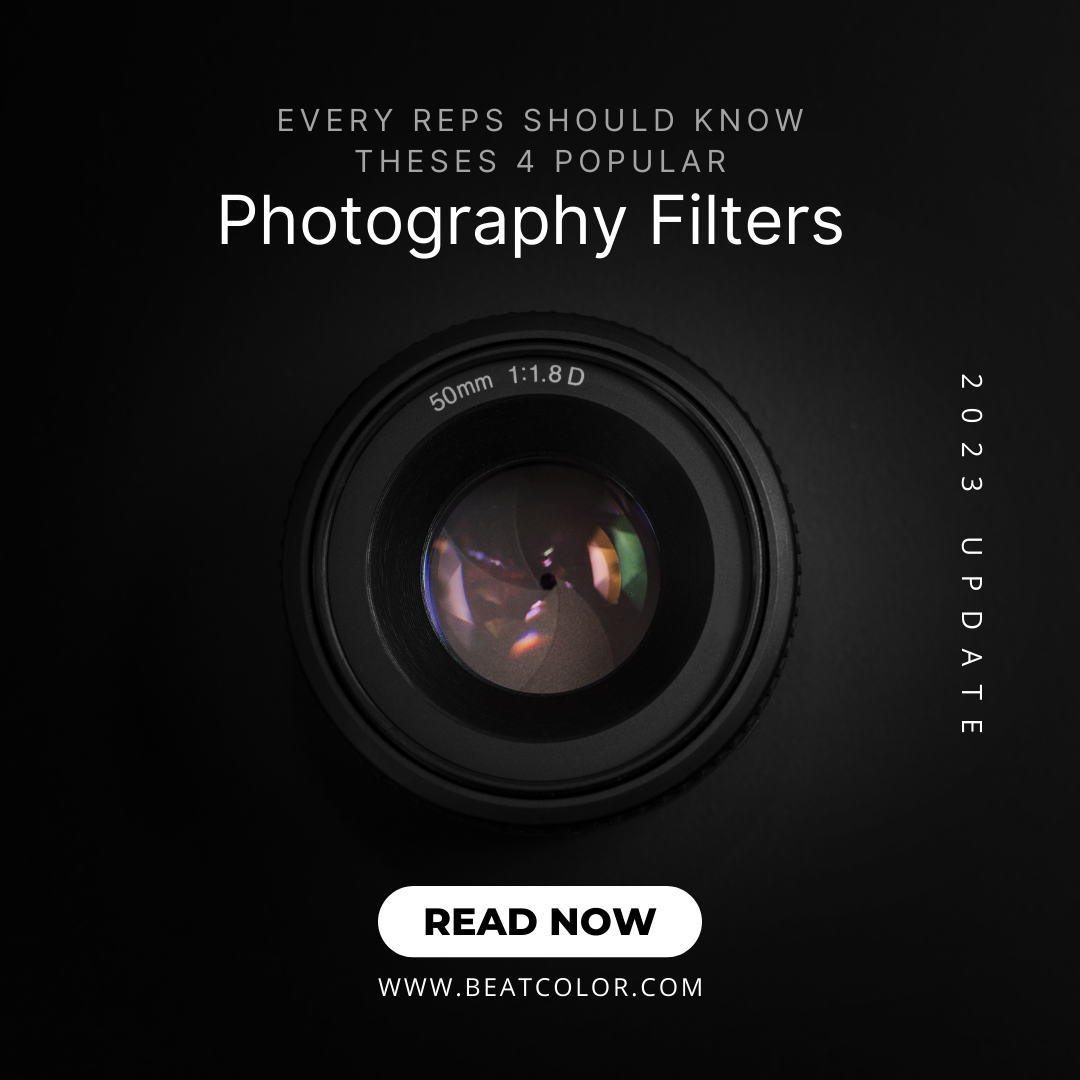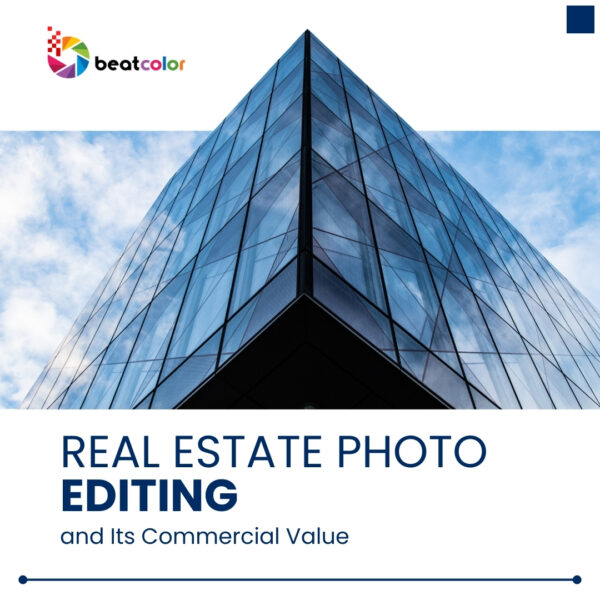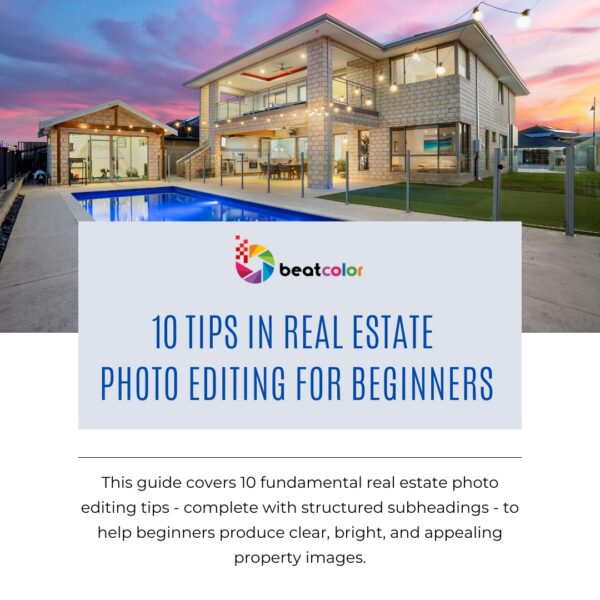4 Photography Filters Every RE Photographer Should Know
Photography filters– sheets of glass or resin attached to your camera lens – can serve different purposes for photographers. They can be indispensable for capturing scenery in extremely difficult lighting conditions, enhance colors and reduce reflections, and also can simply protect camera lenses. Some photographers only use filters in rare situations, while others rely on filters for their everyday work.
Nevertheless, the advancement of magic photo editing technology will be the end for these photography filters era? As a real estate photographer, they are still a must. Keep reading to find out the reason and discover 4 popular basic lens filters.
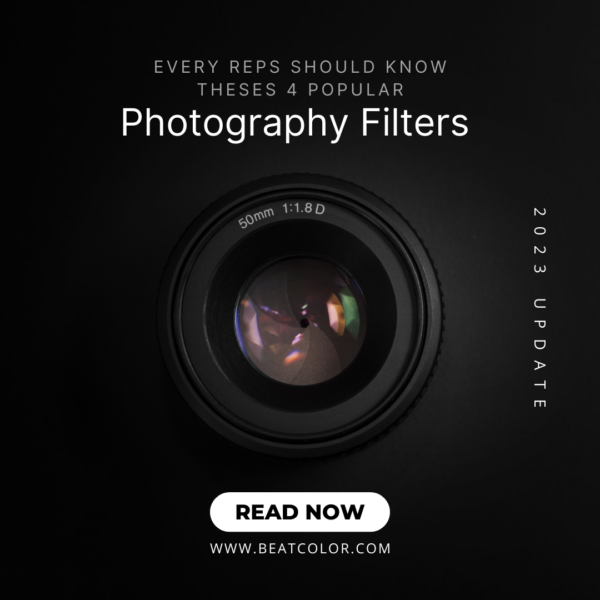
What are popular photography filters for REP?
Different categories of filters are available, from cheap UV filters to costly filters worth several hundred dollars. It can make the process of choosing the right filter rather challenging. Let’s define the top 4 filters you should have in your camera bag whenever shooting properties outside.
1. Skylight/ UV filters
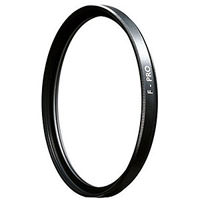
Ultraviolet (UV) or Skylight filters is one of the essential filters every beginner photographer should own. Its design is like a sunglasses for the camera lens that helps release whole UV radiation and reduce harsh sunlight going through the camera, especially when taking real estate exterior photography.
Plus, a skylight filter can protect the front element of your lens significantly. It prevents scratches, scrapes, dust, droplets of liquid, and other elements from drying or damaging the lens. With the filter, you can be completely confident even when shooting in such harsh environments without worrying about the lens’ safety. Plus, High-quality UV filters can be permanently mounted on lenses with a minimum impact on image quality.
2. Neutral density (ND) filters

Like UV filters, neutral density (ND) is useful for reducing the amount of light entering your camera lens and reaching the sensor without causing any color issues. RE photographers also use an ND filter to produce a shallower field depth with a large aperture. Moreover, this filter can create good-looking motion and deal well with the long shutter speed in prevailing light conditions.
For example, video shot at the prevalent 24 frames per second is typically shot with a shutter speed of 1/48. In most exterior shots, or in any case we use fast apertures, the video will be overexposed even at base ISO. The only solution is to use a neutral density filter.
There is more than one ND filter type with different densities for advanced photographers. Neutral density filters can be both circular and rectangular. However, photographers’ advice is it’s better to buy a circular ND filter for size and portability benefits over the other.
3. Polarizing filters
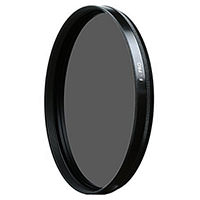
The polarizing filter is one of the best for real estate pictures, especially when shooting outdoor property listing photos. Take its usage when applying on a real estate exterior shot as an example. Polarizing filters will darken blue skies, enhancing the contrast between the property and the sky with clouds.
Filters out polarized light has got some following advantages:
- – Reducing reflections
- – Increasing saturation
- – Enhancing colors and contrast
- – Allowing limited light
There are two types of polarizing filters – linear and circular. Linear polarizers should not be used on DSLR or mirrorless cameras because they can result in metering errors. Circular polarizers, on the other hand, are perfect for DSLRs and do not cause any metering issues due to their construction.

4. Graduated neutral density (GND) filters

GND is typically rectangular, with 3 major parts: a clear half, a dark half, and a transition area in between. You’ll often get the choice of either a hard or a soft transition between the clear and dark halves. Overall, complex transitions are better for landscapes with relatively flat horizons. In comparison, soft transitions are better for scenes where the horizon is broken up by buildings, trees or hills.
The difference between neutral density (ND) and graduated neutral density (GND) filters is that the latter is half clear. Because the size of the sky versus the foreground can change depending on the composition, most GND filters are rectangular in shape.
Most GND filters fit into a holder for accommodating ‘square’ filters. The holder then attaches to the front of your lens via a screw-in adaptor ring. As the filter is rectangular rather than square, you can move it up and down within the holder, enabling you to position the vertical transition between clear and dark to suit the composition. A few circular ND grad filters on the market screw directly onto the lens’s filter attachment thread. They are a poor substitute, though, as you re stuck with the position of where the transition falls, which can become a limiting factor when composing shots.
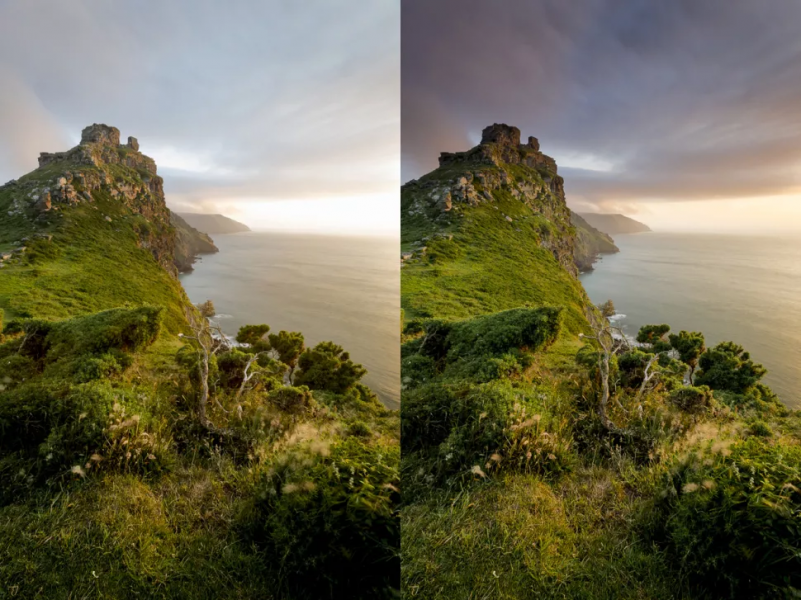
Is it necessary to use photography filters when marketing RE?

Many photographers think that some built-in tools in Lightroom and Photoshop can simulate filter behavior, making photography filters redundant in the digital age. It can even be said that photo editing technology has advanced to the point where filters are considered obsolete.
The truth is some filters, in fact, can never be simulated in software. Used correctly, you can produce stunning effects that could take much time or effort to create without filters. Furthermore, if taking their advantage during real estate photo editing processes, images become even more amazing!
Final Thoughts
To sum up, photography filters for camera lenses are necessary for real estate photographs and hard to replace them completely. Not just simple pieces of glass, different types of filters will bring different effects, not to mention higher or lower quality of images. In any case, I hope this article gave you a good introduction to filters and why they’re still so important in the photography industry today.
Related posts:
Best Camera For Real Estate – Experts’Choice (Amazing Selection 2021)
How to Present Real Estate Exterior Photography at its best?


